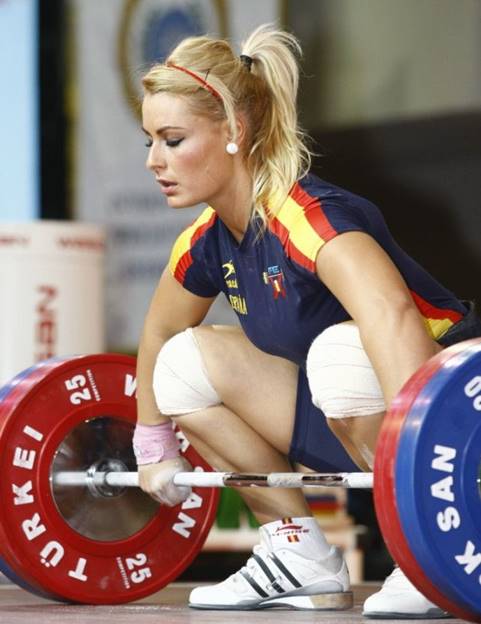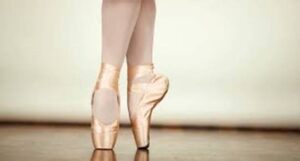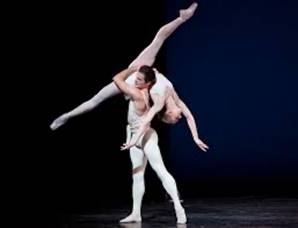
Can dancers benefit from strength training?
Dance as an art form has always been considered an aesthetic performance that solely relies on facility that can be natural or trained, alongside timing and technique. The involved artist is always keen and willing to work on their individual routine and technique without a second thought, with the idea of supplementary strength training focussing around improving the ‘core’ muscles. This is likely to take the form of Yoga or Pilates type exercise, with an unwillingness to perform more traditional weights exercises. Through dealing with a combination of young dancers training in local schools, those in professional training or those in the professional field, I will always try to encourage strength training to supplement dance training, as a means of improving performance and reducing injury risk.
The general response when discussing strength training will be along the lines of ‘it will make me bulky’, ‘it will affect my lines’ or ‘i don’t need to, as I dance all day’. These answers seem like valid reasons and can seem a sensible response, but really when considered fully don’t quite stack up.
Dance, as a performance is high velocity, high octane and highly fatiguing. However, training in dance revolves around focus on technique, learning routines, or focusing on details in routines. This means that in general, dance training although tiring and hard work doesn’t regularly expose us to high levels of intense exercise, such as those experienced when performing in a show that may last 90 minutes or more. By adding a strength training routine into your day, and if carried out appropriately, you can stress your cardiovascular system and improve your strength endurance. This ultimately, will mean that through a performance in front of an audience, you are able to reduce fatigue and maintain a consistent performance for longer.

Dance as an art form, is a combination of expressive lines, precision movements, timing and powerful movements. Other than power, it may not seem obvious why strength training may help these aspects of dance. But strength training improves control of your body and limbs. The greater your control of your body through a movement, the greater the precision of movement, the more precise the movement and smoother the movement, allowing beautiful lines to be created. For example, greater hip strength can improve développé control, making it easier to lift, unfold and hold with grace.
Greater body strength will also help with jumping, as the greater the power you can produce, the higher you can jump. With squats being a fantastic way to increase leg strength and power, resulting in higher jumps.
When working with a partner, strength will also help, whether as the male or female in the partnership. It will allow the combination of movements to become easier, smoother and more appealing to an audience. If you have undertaken a heavy deadlift or overhead press, your confidence in working with a partner will grow.

The most common fear is bulkiness. An increase in body weight requires a specific hypertrophy (muscle growth) exercise program alongside an adequate amount of fuel (calories). By discussing with an appropriate fitness professional a considered plan should be put in place, which will allow the development of strength and power without bulk.
From an injury perspective, how can being stronger help? On average dancers sustain 6.8 injuries a year, this is higher than those playing in the NFL. The landing forces in the legs experienced by male dancers can exceed 500kg of force. Female dancers regularly exceed forces of 400 Newtons (greater force than a rugby tackle). With this in mind, the stronger we can make our muscles the more robust they become, allowing them to take high levels of force on a regular basis, without incurring injury. A stronger muscle system will also help to minimise the impact on our joints, reducing the chances of ligament or internal joint injuries. If our muscles are also able to absorb more force, you should also note that recovery times improve, so that you feel less sore after training or a performance, this reduction in fatigue will allow for more consistent performances and reduce mistakes that may result in a poor landing and a twisted ankle.
Ultimately, it would appear from evidence that strength training can not only minimise a risk of injury for you, which means that you miss less time training or performing, but can also make you a better performer. So go ahead and give it a go once you have spoken to a qualified professional, to give you the best advice and start possible.

